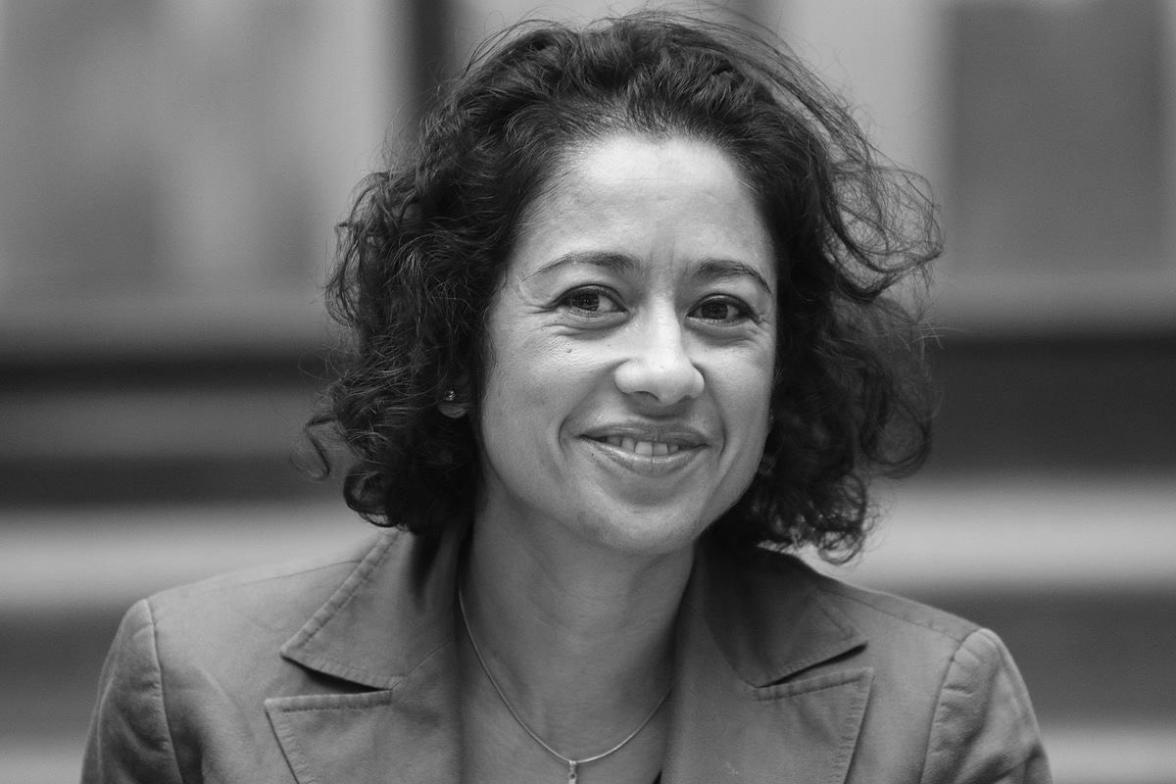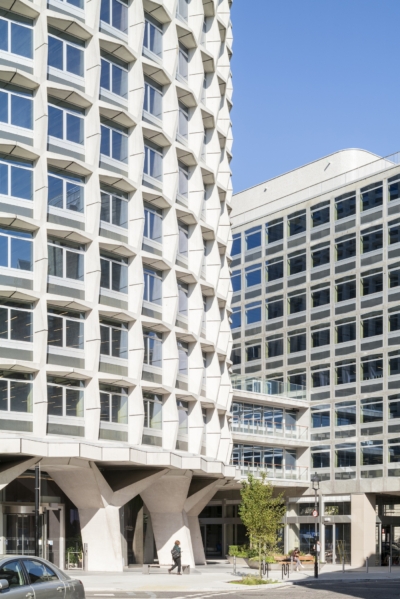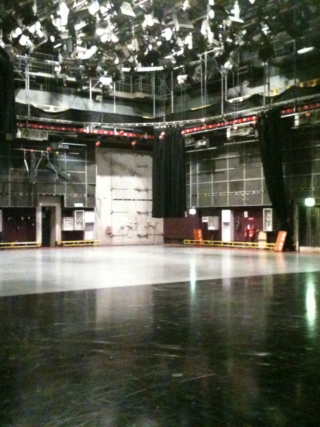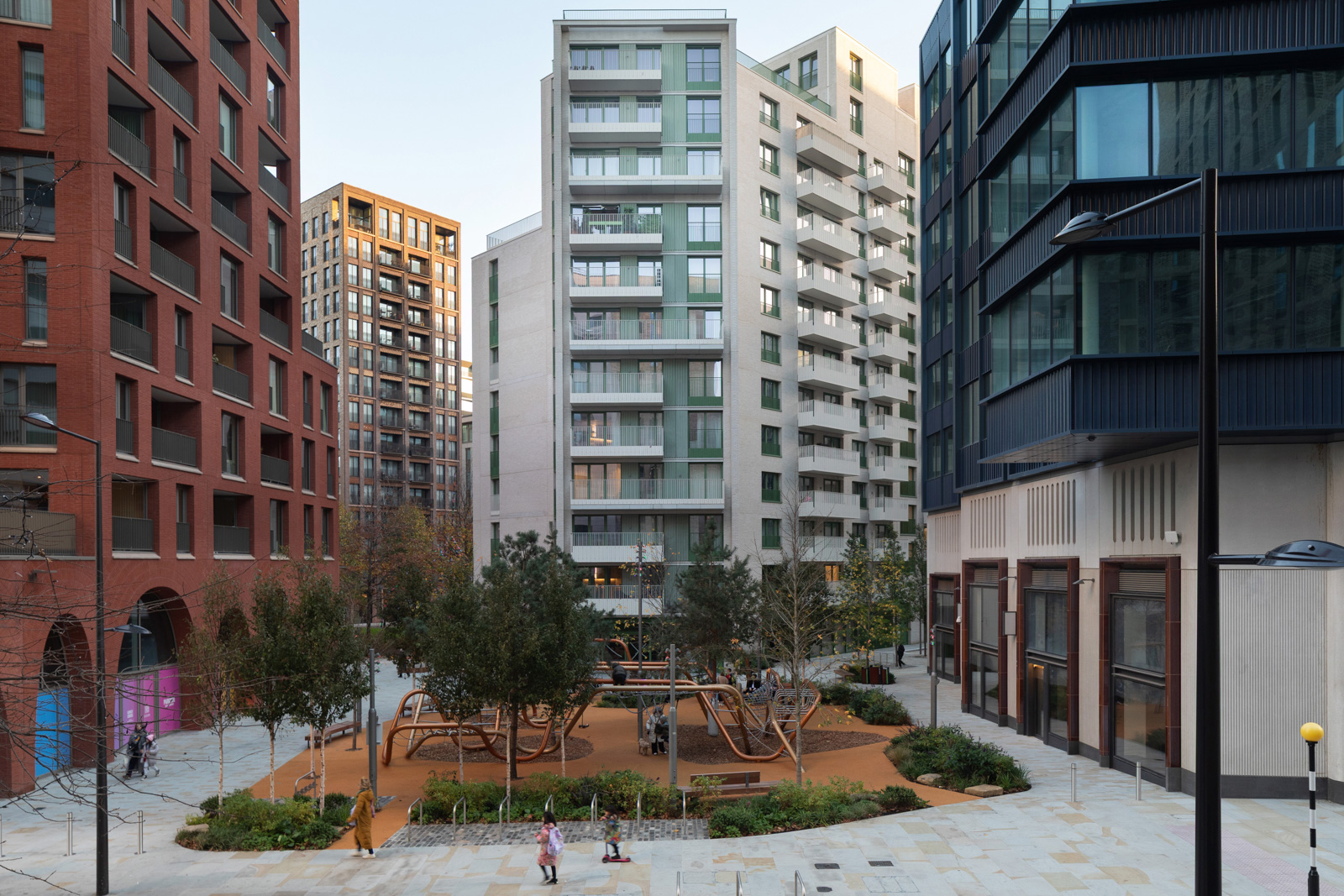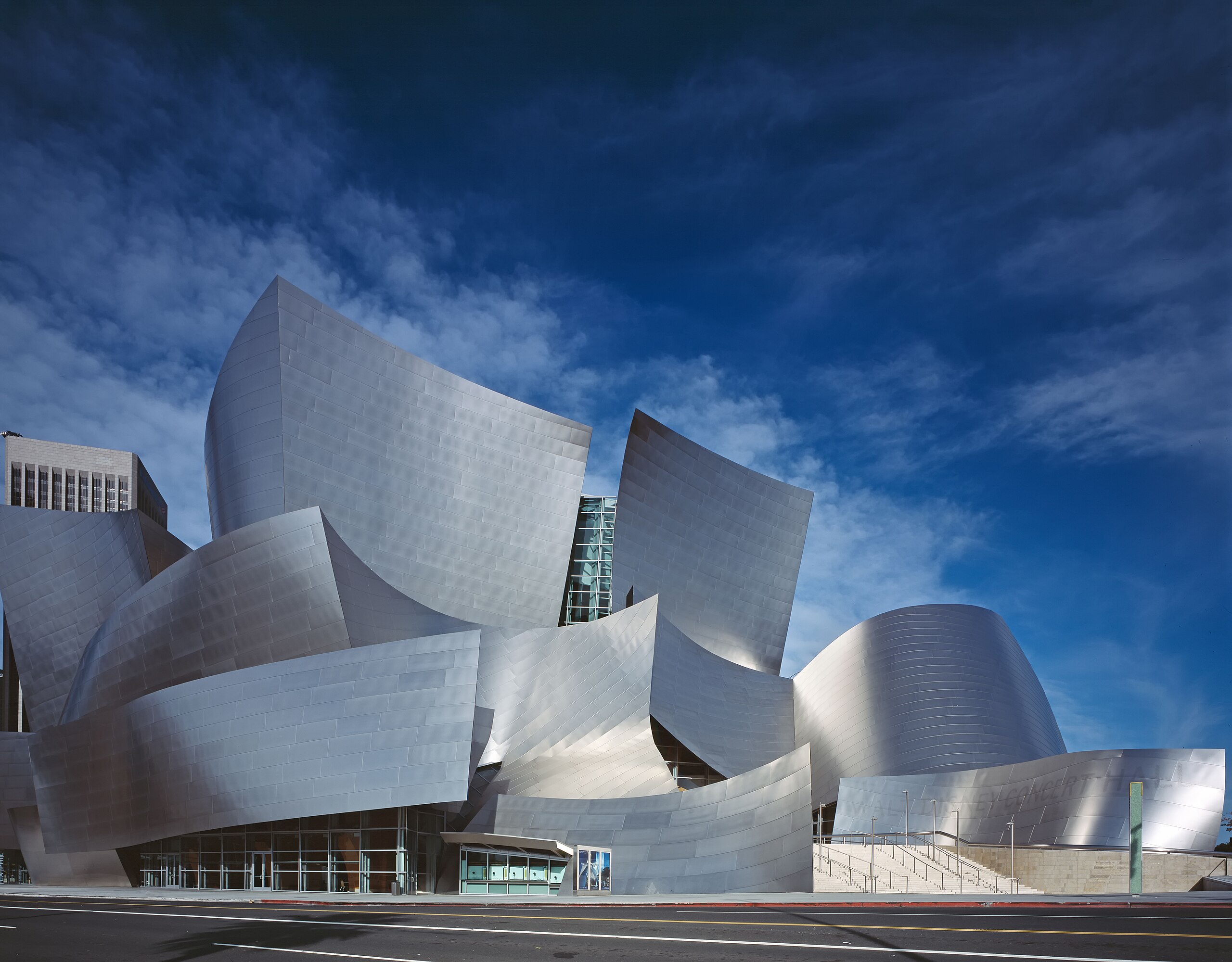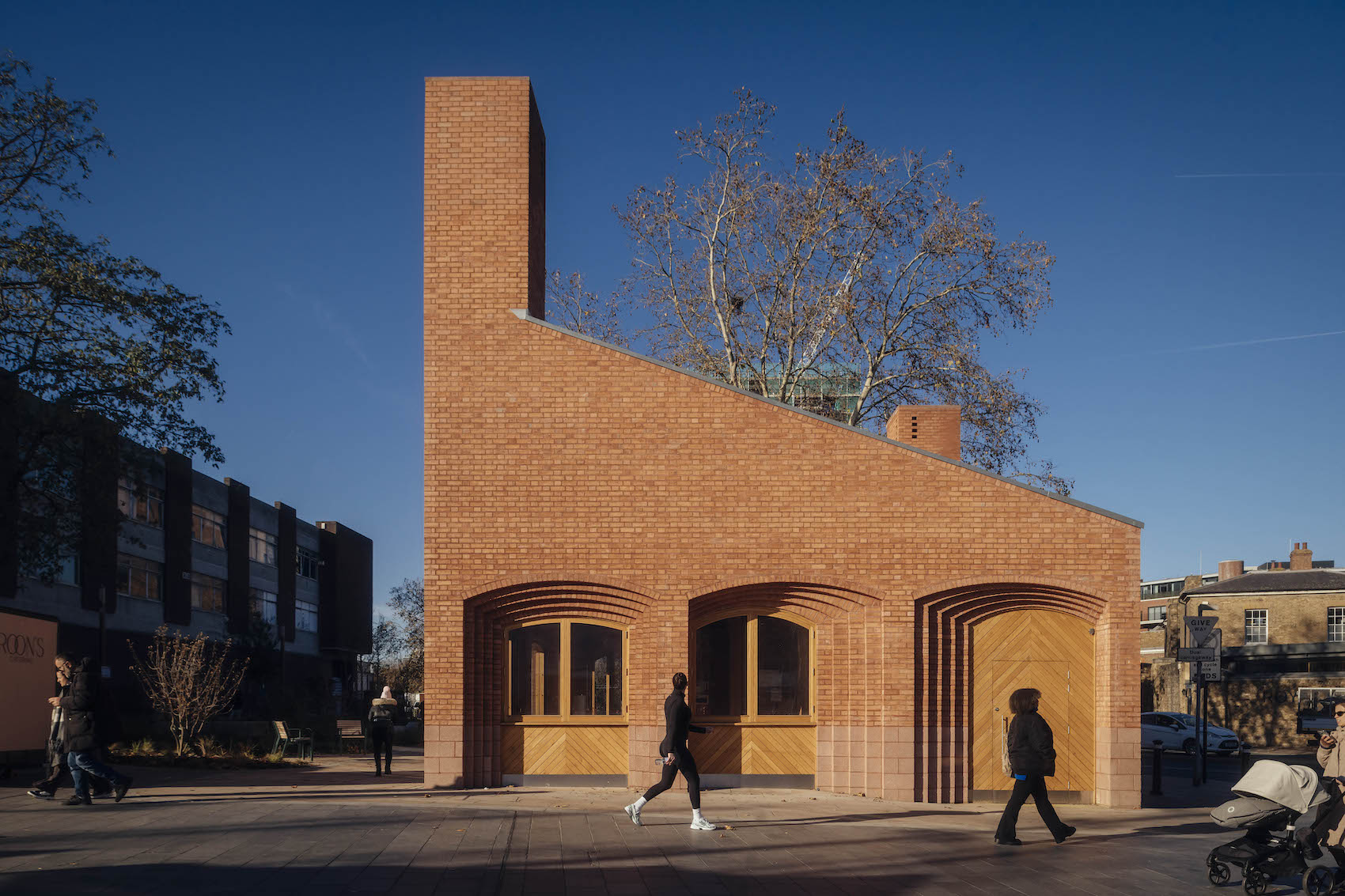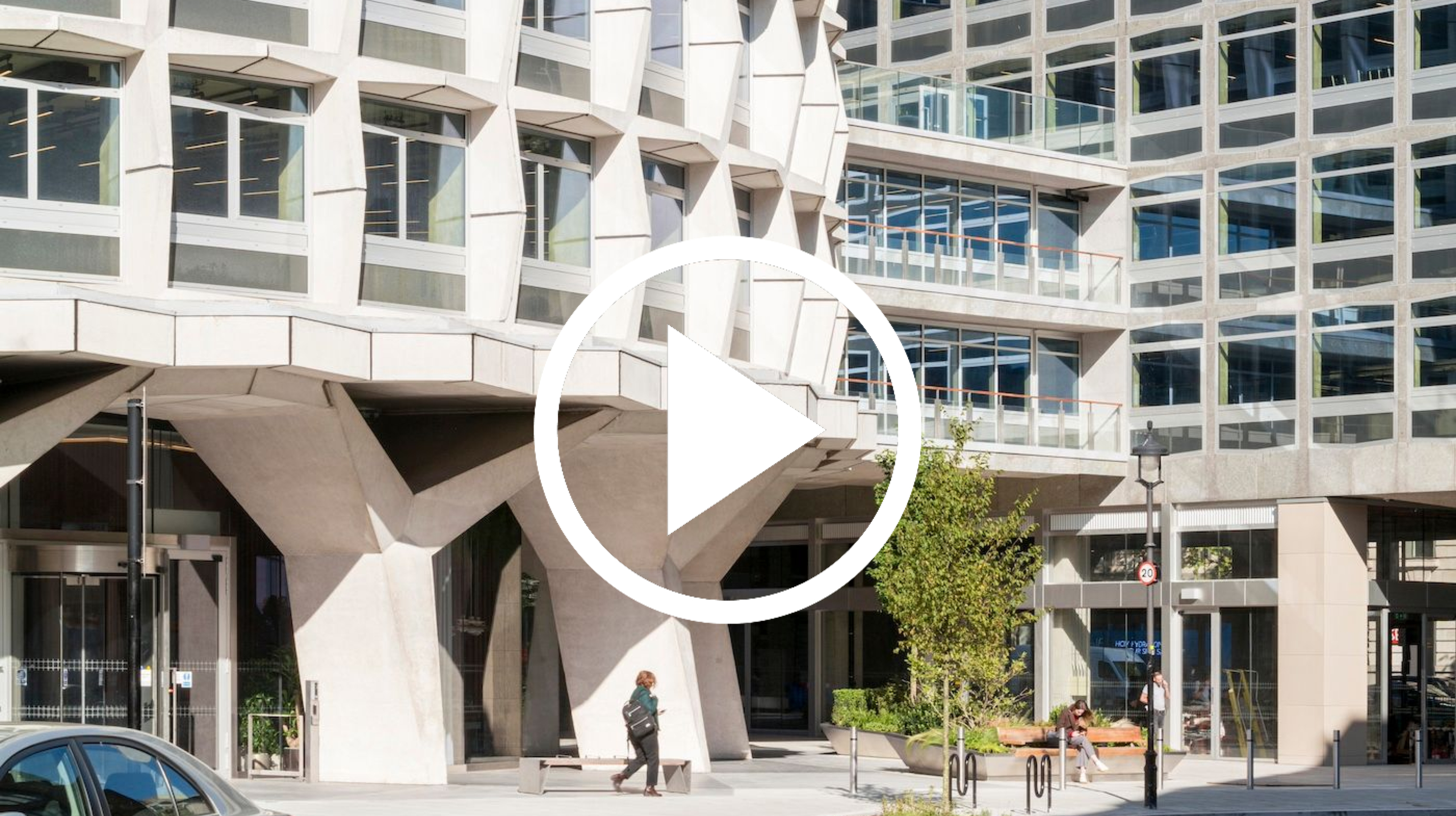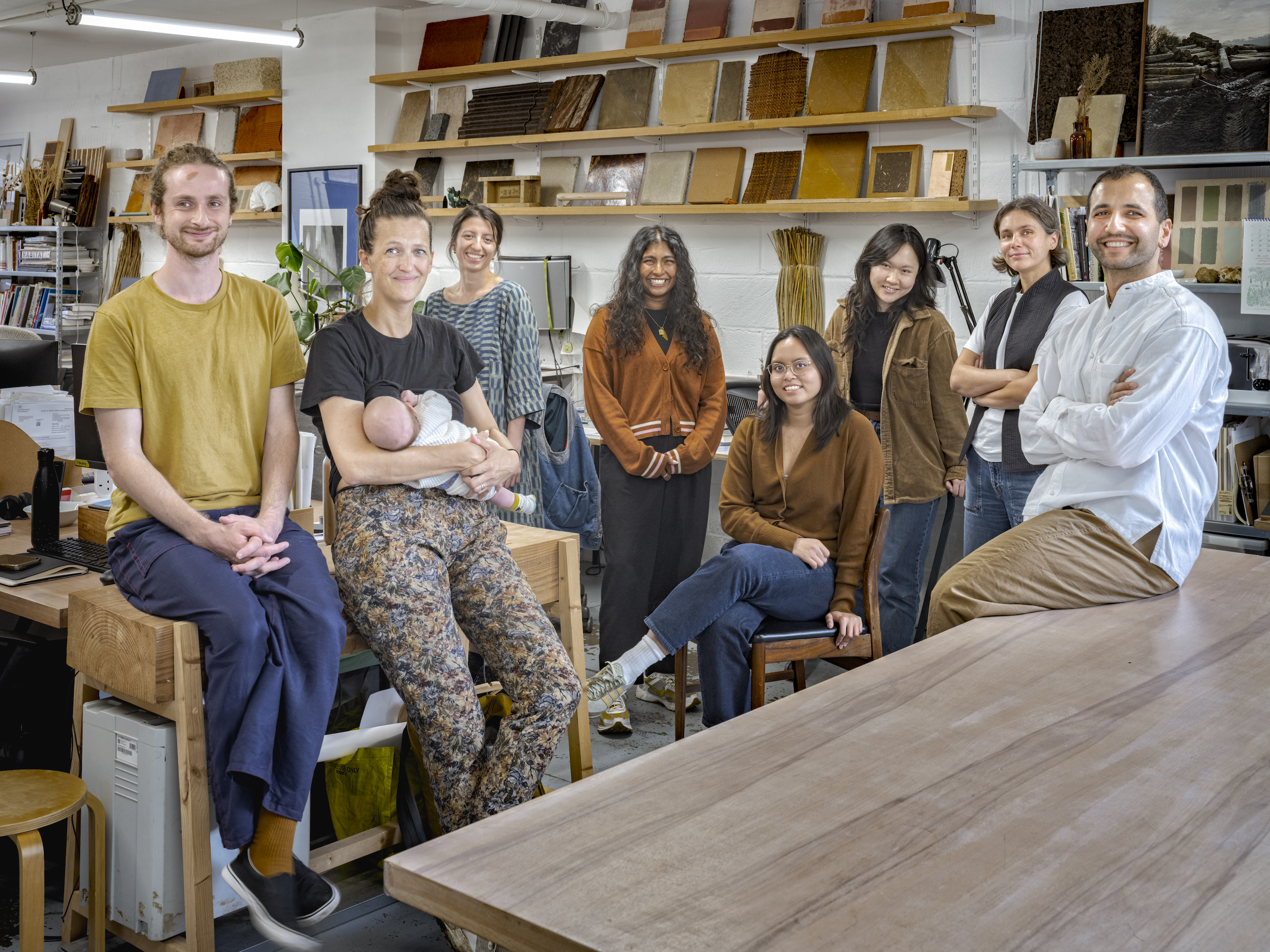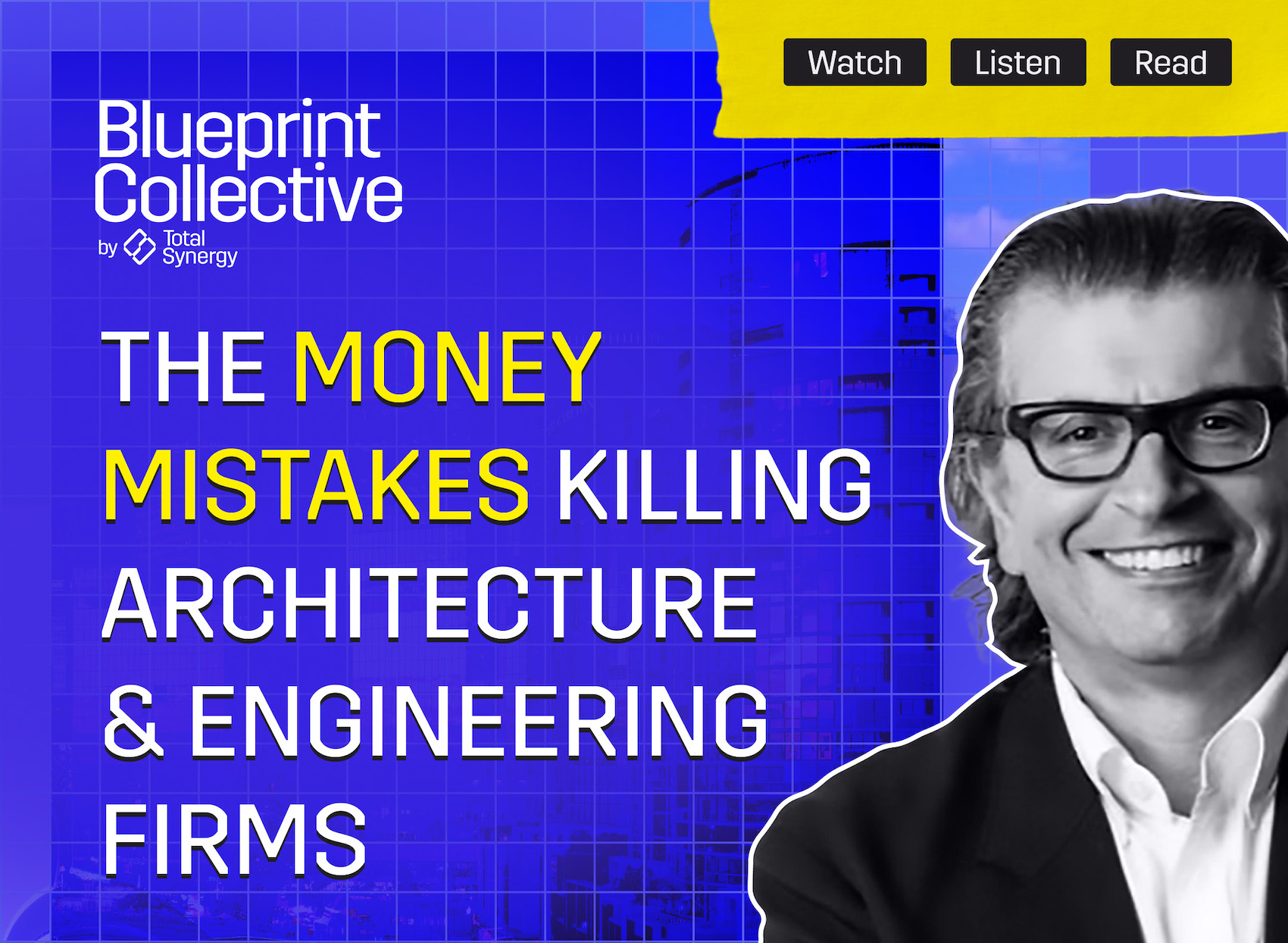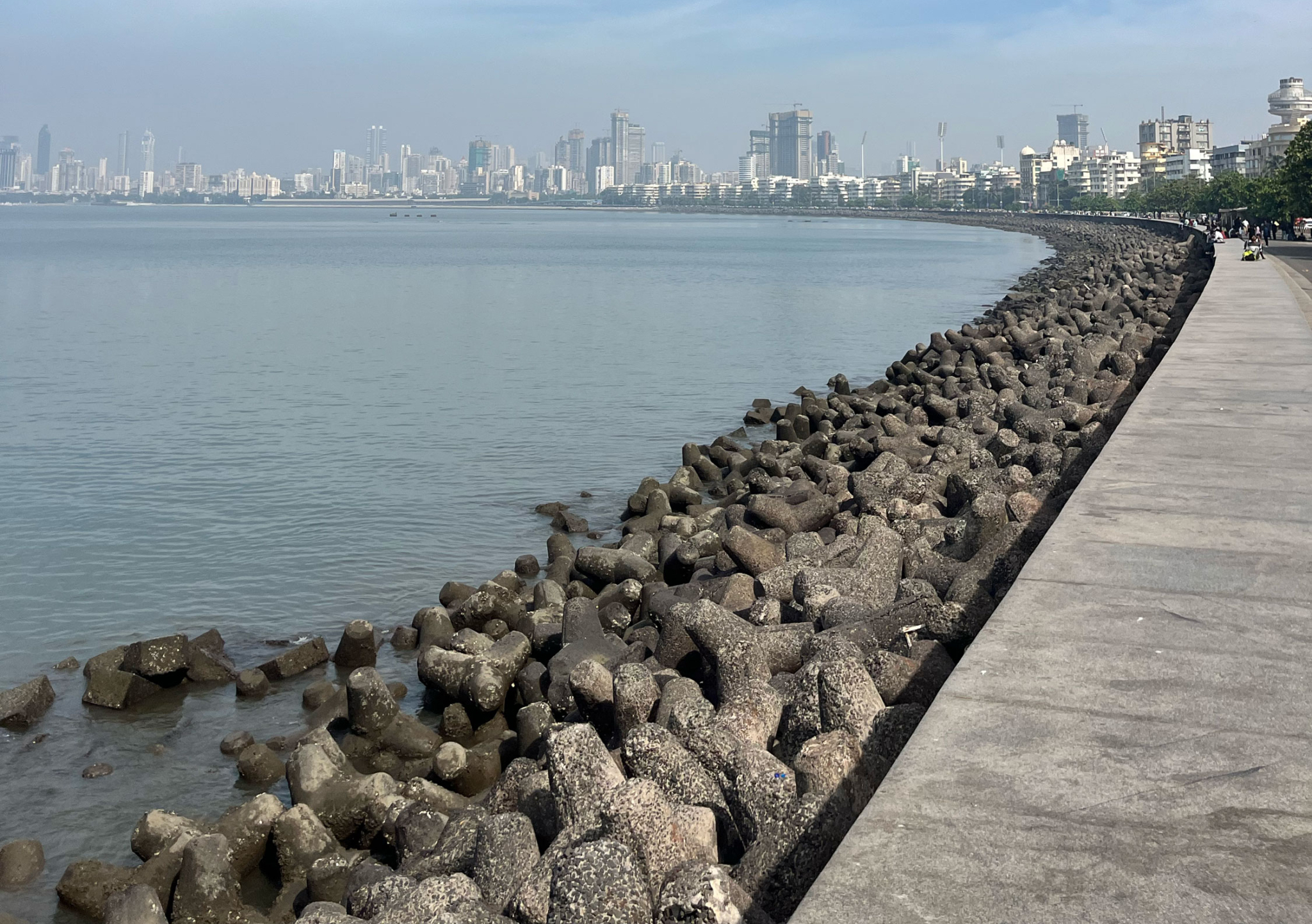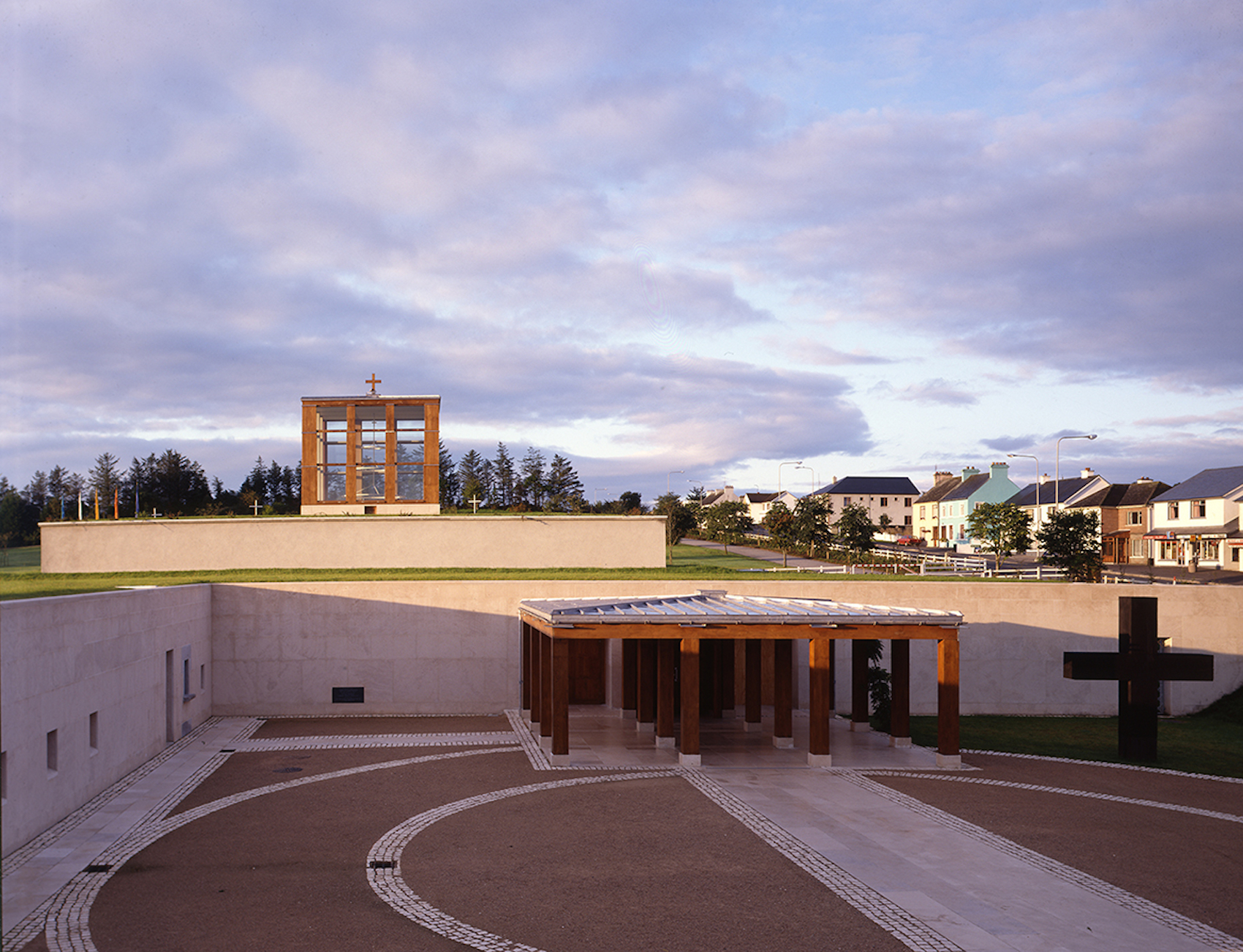Award-winning journalist and broadcaster Samira Ahmed reflects on her passion for 20th century architecture, the role of storytelling in preservation, and her ambitions as the newly appointed President of the Twentieth Century Society.
(Credit: Foreign and Commonwealth Office)
What drew you to take on the role of President of the Twentieth Century Society (C20)? And what do you hope to achieve during your tenure?
I’ve always had a real passion for 20th century architecture – art deco onwards – and had really noticed C20’s profile in recent years and appreciated their campaigning around issues like the listing and demolition of Dorman Long tower in Teeside. I also approached them to come on Front Row for the 1952 Special I did looking at the culture and design of the time, when we were marking the Queen’s platinum jubilee three years ago. So that’s how I first got to know Catherine Croft. We bonded over the Festival of Britain. And I just love what they do and the huge amount of passionate expertise at the Society.
It was Catherine’s idea to approach me earlier this year and frankly I was hugely honoured to be considered appropriate for the role. It felt like a perfect match. I’m the kind of person who, when I took my children on half term trips, arranged visits to places like Newcastle’s Civic Forum Centre or York University campus just to admire the 1960s architecture.
I love their campaigns around different themes and the way they champion buildings and landmarks that ordinary people care about, and perhaps those in authority don’t always value enough.
I’d like to think that I could help with promoting and publicising the excellent work C20 already do and helping work out the best kinds of stories to connect with the public. I was at a dinner recently and by complete coincidence the person sitting next to me was a member of the C20 – no architectural background, just someone who loved 20th century design and told me how much he and his wife loved going on the trips the society organises. To start with I just want to join in and tap into the passion that lies under the C20’s existence.
El Capitan Theatre in Los Angeles. (Credit: Visitor7 / Wikimedia Commons)
How do you see your background in journalism informing your approach to architectural heritage and campaigning?
When I was a reporter in Los Angeles in 1995-7 I did a lot of reporting on how the city was changing its attitude to its architectural heritage; notably big corporations and institutions realising the value in preserving and celebrating its 1920s and ‘30s grand picture palaces like El Capitan by Disney and the Egyptian by American Cinemateque. It was a great lesson in how big powerful players can change and see the value of investing in heritage and transform a rundown area into something alive again.
Then in 2012 I chaired the Theatres Trust conference (I’ve since been an ambassador for some years) and we had this fascinating focus, in the depths of the new Coalition government’s so-called “austerity” funding cuts to local authorities, about how theatres were and should be anchors in reviving city centres. So I really learned a lot from organisations round the country about the challenge of making politicians and urban planners understand the importance of preserving and investing in these places for communities, and saw amazing examples of how well they work. Bolton’s Octagon Theatre is a great example. Part of a vibrant city centre with a thriving market and an excellent museum.
And the third great example that I always draw on is my travels in Iran for the BBC4 Art of Persia (2020) documentary series I filmed in 2019. (Watch on iPlayer here). Ordinary Iranians are incredibly proud of their cultural and design heritage; much of it pre-Islamic. It’s what gives them their identity, inspires them and helps them see the long term picture, against the 46 years of the current regime. Persepolis was nearly demolished during the Islamic Revolution, but local people and the mayor turned out to stop the bulldozers and convince the regime to pause.
There’s so much to learn from other nations’ experience in seeing how architectural heritage can help us connect to each other across generations and backgrounds, and cement a rich national identity.
Space House in London. (Credit: Gareth Gardiner)
What does ‘modern heritage’ mean to you personally – and where do you see the biggest opportunities or threats for its preservation?As a child when I went to stay with friends we were often taken to 1960s and ‘70s leisure centres to swim in places like Luton and Bletchley. I used to swim in the now demolished Coronation Baths in Kingston and have a personal passion for protecting pools and lidos. Because I’m on the national England Blue Plaques advisory panel for Historic England I’ve been delighted to see HE’s huge support for lidos and outdoor pools round the country. But for a lot of communities, it’s the leisure centres that matters and I think C20’s campaigns to protect them from closure, partly forced by cash strapped councils and rising energy costs, is one of the most important. Swimming has long been the largest participation sport in the UK. It’s cheap and it’s vital for safety and health and wellbeing: all the things politicians say they care about.
The C20 has a big campaign and forthcoming book on cooling towers and I agree that protecting 20th century industrial heritage is one of the biggest challenges but also opportunities right now. I get a sense of the passion people feel about these monuments on the landscape. They fill you with awe and they tell a story about our complicated relationship with fossil fuels. Sure, there are important conversations to have about what we should do with them, but we can’t wait till they’re nearly all gone before we do that. There are so many rich public conversations to be had about these issues. I always point out to sceptics, how no one now questions the value of preserving 18th and 19th century industrial heritage in places like Ironbridge and Cromford, which is now UNESCO listed. In fact, it’s very much loved. Well, that wasn’t always the case…
At some point city planners became keen to pull down Victorian buildings because they were old. There’s something about 50 years after an era, people want to pull things down. We have to see the urge to demolish, demolish, demolish ‘60s and ‘70s era buildings now as the same attitude. We should be much more thoughtful about whether a building can be modernised, not just ripped down with all the emissions that go with it. The refurbishment of Space House on Kingsway in London is a great model. It’s been thrilling to see it reborn with its original structure celebrated.
I interviewed the great Indian architect, Charles Correa in 2013 at RIBA, and he made me see how much of the new buildings going up being boldly claimed as ‘green’ were no such thing, being instead, merely reliant on expensive mechanical engineering.
You’ve spoken about your fascination with “futuristic dreams made concrete.” Which 20th century buildings have contributed to that?Personally, it means the South Bank Centre complex in London, including the wonderful National Theatre. All the beautiful warm wood and glass and elegant contrast of concrete and carpeting. As a schoolgirl, I was introduced to great theatre here on school trips. I felt safe and confident coming on my own and I have that real excitement about the (now sadly long demolished) raised walkway vision of the future that places like the South Bank Centre represented. I loved all those concrete mid-century shopping centres and leisure centres.
I always loved Television Centre, too, and how beautifully it was designed for a brand new industry. I went around taking photographs in its last days before it was sold by the BBC. It represents the post-war vision of an entertainment factory making culture for all the nation – an exciting moment, particularly in the mid-1960s, when British culture was the most exciting in the world, something which I unearthed more about when writing my book on A Hard Day’s Night.
Television Centre in London, before its redevelopment by AHMM. (Copyright: Samira Ahmed)
As a child I was lucky to go on holiday to the US a lot and we used to fly Braniff and often transit through the fabulous Brutalist Braniff terminal at Dallas Fort Worth airport.
And I also have a soft spot for Shell Mex House on the Embankment for its clock tower, though I’ve never been inside. I’ve got a personal obsession with public clocks. I like how they connect us to the universe – and nothing frustrates me more than seeing them unwound and broken. It’s an insult. I’d like to see the Victoria line restore the analogue clocks on their station platforms that were clearly intrinsic to the original station designs.
I think it might be fun though to have some equivalent of a rap battle between us and the Victorian and Georgian Societies… obviously we’d win”
Given your career in media, how can architectural heritage organisations better engage with the public and the press?
Follow the passion and engage with the enthusiasm that’s out there already. Look at the love of things like London tubes and buses and make connections. I have always pitched stories around architectural heritage and looked to make connections. I think most organisations already do so much. There are passionate advocates like many of the experts already involved at C20. I think it might be fun though to have some equivalent of a rap battle between us and the Victorian and Georgian Societies though. In my first chat about the possible role with the C20 I suggested some kind of event like that with Griff Rhys Jones. Not that it’s a competition, but obviously we’d win.
C20 is involved in some high-profile and sometimes controversial cases – how do you plan to navigate that space as President?
On a case-by-case basis! Like with most things in life as I get older, I am more inclined to listen to all points of view first, especially those of local communities who are most directly affected by any decision, and work out common ground. They’re so often the most ignored. I’m currently following the concerns over plans to pedestrianise Piccadilly Circus. I worry about making it harder for the elderly and disabled people to go out. There was a moving letter in The Stage recently from the mother of a severely disabled man who uses a wheelchair and she described why she dreaded it, and why she believed it would just create intense pollution hot spots in the areas where buses and taxis are funnelled to.
It’s exciting to be challenged, too. For example, I’m dubious about the motives behind the number of priapic skyscrapers that seem to be continuing to go up in the capital, but that was how many people felt about some of the towers that went up in the ‘80s. And I love the post-modern gothic Minster Court building in the City.
One of the first architectural news stories I remember from my youth was the attempt to save the Firestone Building in West London. I still recall the fury over its demolition during a bank holiday weekend to pre-empt heritage listing — and I often reflect on the enduring pain of that act. Like the Sycamore Gap tree felling in its own way. There’s real emotion in how the British feel about our architecture and environment. I want to be one of the many who stand up for it.


